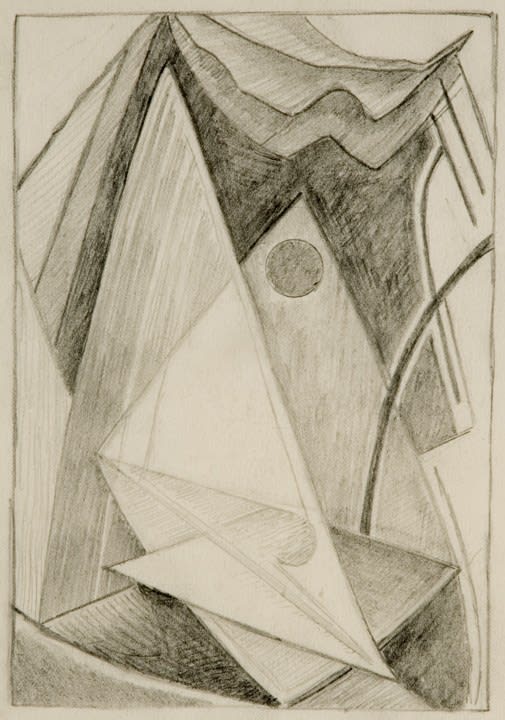Lawren Stewart Harris CANADA, 1885-1970
"We are on the fringe of the great North and its living whiteness, its loneliness and replenishment, its resignations and release, tis call and answer, its cleansing rhythms. It seems that the top of the continent is a source of spiritual flow that will ever shed clarity into the growing race of America."
- Lawren Stewart Harris
Lawren Stewart Harris was a leading landscape painter, imbuing his paintings with a spiritual dimension. An inspirer of other artists, he was a key figure in the Group of Seven and gave new vision to representations of the northern Canadian landscape.
Harris spent three years studying in Germany (1904-07), where he became interested in theosophy, a mystical branch of religious philosophy that would inform his later painting. Coming from a wealthy family he was able to devote himself entirely to his art.
At the Arts and Letters Club in Toronto Harris met other artists with similar nationalist concerns. In 1920 Harris, J.E.H. MacDonald, Frank Johnston, Franklin Carmichael, A.Y. Jackson, F.H. Varley, and Arthur Lismer formed the Group of Seven. These artists would collectively create a range of new representations of the Canadian landscape, particularly the North. Over the course of his career, Harris's painting evolved from Impressionist-influenced, decorative landscapes to stark images of the northern landscape to geometric abstractions. He painted in the Algoma region from 1918 to 1924, on the north shore of Lake Superior from 1921 to 1928, in the Rocky Mountains from 1924, and in the Arctic in 1930. For Harris art was to express spiritual values as well as to represent the visible world. North Shore, Lake Superior (1926), an image of a solitary weathered tree stump surrounded by an expanse of dramatically lit sky, effectively evokes the tension between the terrestrial and spiritual.
From 1934 to 1937, Harris lived in Hanover, New Hampshire, where he painted his first abstract works, a direction he would continue for the rest of his life. In 1938 he moved to Sante Fe, New Mexico, and helped found the Transcendental Painting Group, an organization of artists who advocated a spiritual form of abstraction.
Harris settled in Vancouver in 1940, where he continued to paint and involve himself with arts organizations, playing an important role in this milieu until his death.
- Courtesy of the National Gallery of Canada



